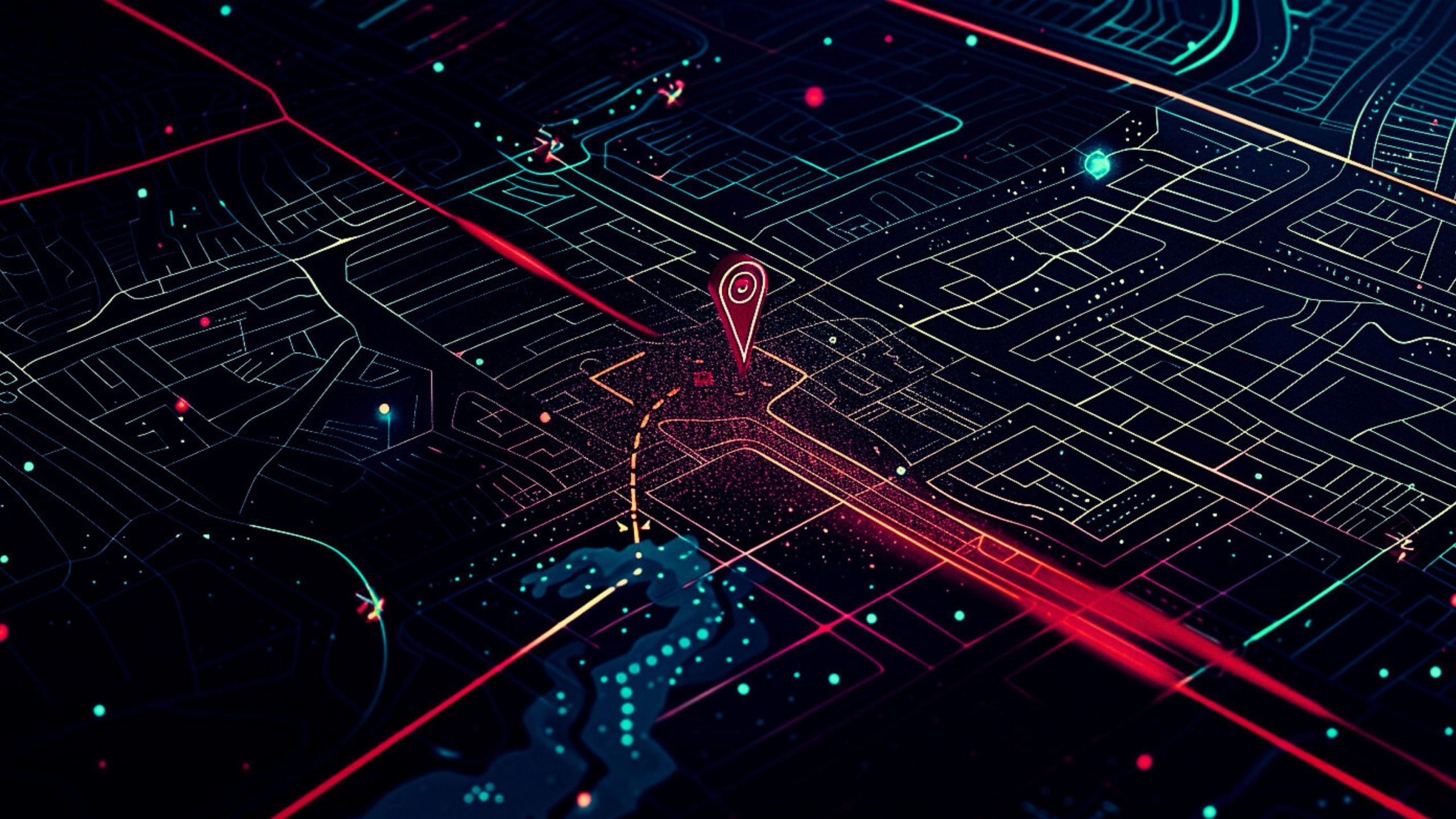Singapore is once again on the “cutting edge” of deploying various kinds of mass surveillance tech, on a mass scale – this time, it’s time to make sure all vehicles on its roads are tracked by GPS.
Electric Road Pricing (ERP) is moving from its original, fairly conventional way of charging toll fees, to ERP 2.0, which is done via a GPS tracking device that’s found inside vehicles.
The city-state’s Land Transport Authority (LTA) said that the new system will provide “more comprehensive aggregated traffic information” – no kidding.
Namely, instead of ERP charging – and therefore registering the location of a vehicle on a particular road during particular hours – ERP 2.0 makes sure, and easy, they are tracked “at all times.”
According to LTA, the benefit is the elimination of physical “gantries” (i.e., automatic toll booths) that are instead becoming “virtual.”
It seems everyone in the world has gotten the same memo on how to explain, justify, and promote any policy that is, or can be seen as privacy-invasive – and that memo would be something like, “talk about convenience, and cutting costs.”
And LTA does.
Virtual gantries “allow for more flexible and responsive congestion management,” the agency said, adding that in just a few years, ERP 2.0 will help increase traffic to 20,000 more cars.
At the same time, Singapore seems dedicated to controlling how many vehicles are allowed on its roads, regulating this via something called the Certificate of Entitlement (CoE), an expensive quota license for owning a car in the country.
Currently, the license is issued for a period of ten years, with the price going up an average of some $75,000 each decade.
So how will GPS tagging, and allowing 20,000 more cars on the roads work along with that policy?
Reports say that the Singapore government counts on mass transit, “flexible” work habits – but also, eventually switching from virtual or otherwise toll points, to charging drivers according to the distance traveled.
And that – if all goes well with the implementation of the ERP 2.0 scheme using GPS to track all vehicles around the clock – will not be at all difficult to achieve.










